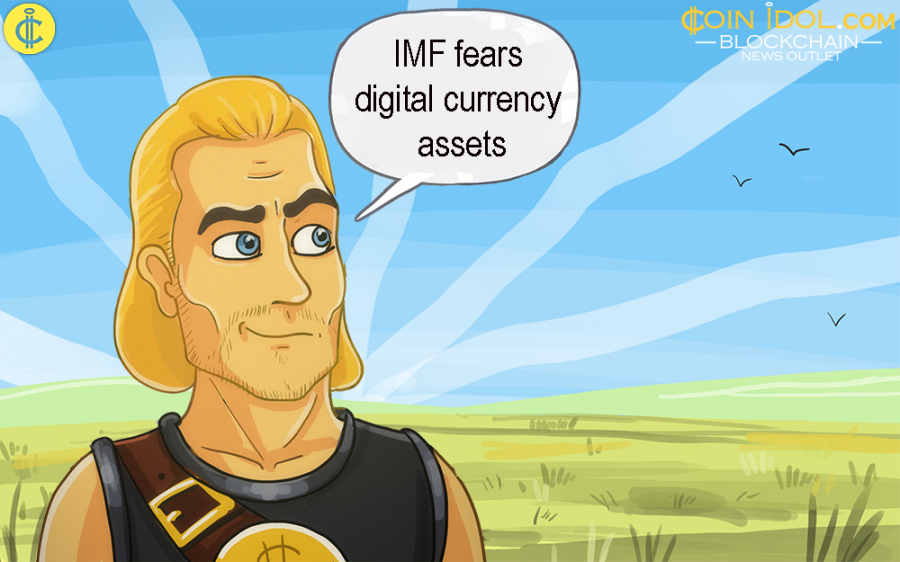IMF Fears Digital Currency Assets, Claiming Vulnerabilities Could be Created in IFS
Updated: Oct 13, 2018 at 14:38

The International Monetary Fund (IMF) refers to digital currency just once in its 215-page World Economic Outlook for October 2018, but that reference is: "Continued vigorous growth of digital currency assets could form new vulnerabilities in the international financial system (IFS)."
Sarcastically and counter-spontaneously - that sentence is marked in a paragraph with concerns about the potential of cyber warfare to "sabotage cross-border payment systems and impede the flow of goods and services."
A Perfect Solution for Cross-Border Payment
Digital currency is the infallible answer to "cross-border payment systems." Bitcoin can be moved in cities like Minneapolis, Mumbai and Moscow within a blink of an eye.
The "vulnerabilities" the IMF worries about are its own. Digital currencies are, to changing degrees, gainstaying to supervision, surveillance and regulation by big entities such as IMF and its 189 member governments.
Those governments fear money they can't manage since central government banking is responsible for money and markets that are comfortably subjected to taxation and political manipulation.
Seeking Crypto Regulation
The concise history of digital currency, however, is a history of rising financial freedom for the productive class. Cryptocurrency is, as supporters like to say, "building the new globe in the shell of the old."
Some actors in the digital currency industry look for co-option by the current existing "international financial system" - for instance, seeking regulation by the US SEC and its world equivalents.
The function of the IMF isn't to aid "cross-border payment systems and ... the regular movement of goods and services," but rather to control them. Luckily, the time when that was even scarcely feasible is ending.
News
Price
Coin expert
Price

(0 comments)